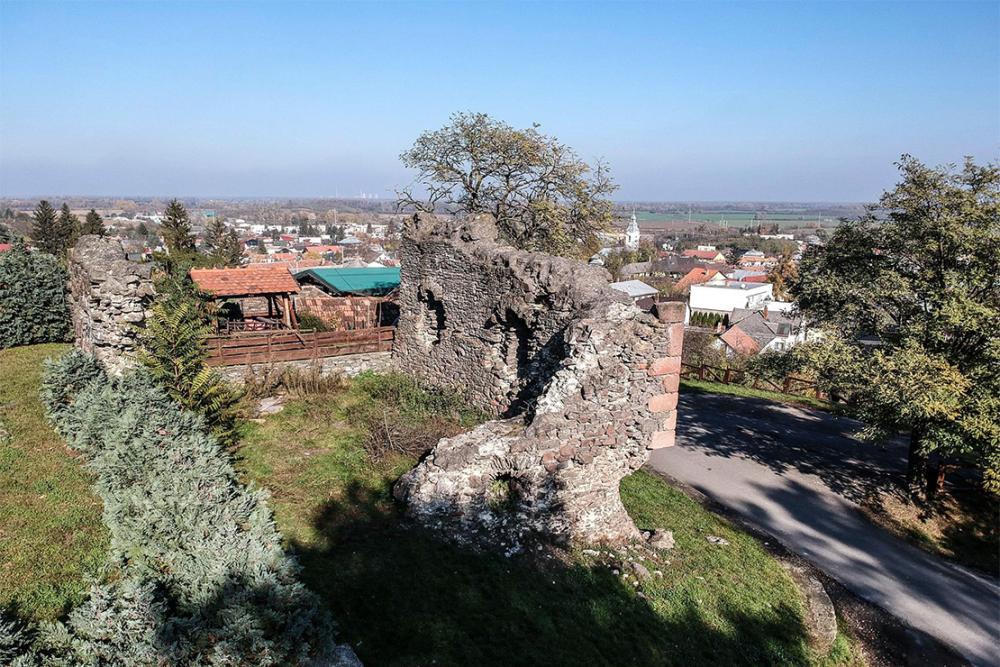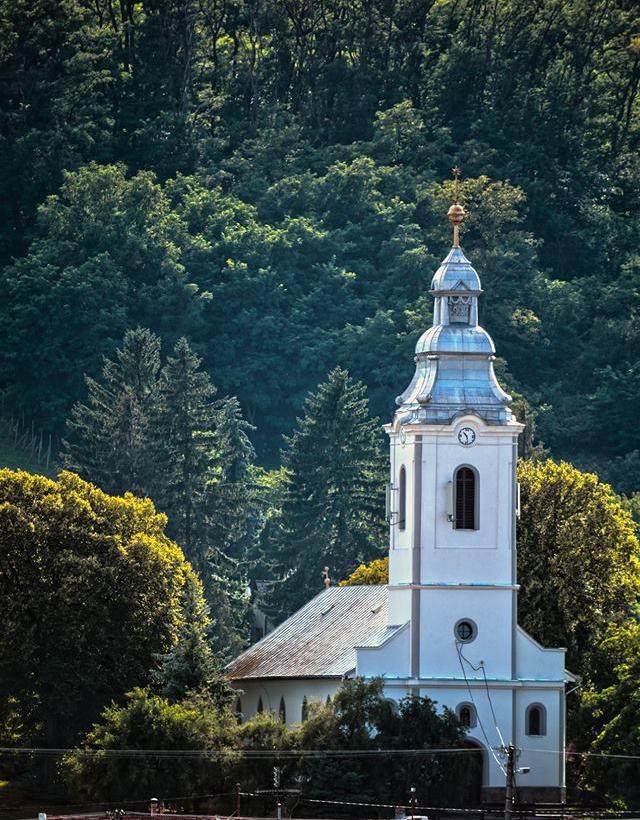
Despite the adversity, the inhabitants of the settlement have rebuilt their homes from time to time, creating value through their way of life and overcoming adversity like phoenixes throughout the centuries.
The picturesque town of Kráľovský Chlmec, 90 km from Kassa in Slovakia, is the most important town in the Bodrog region, with more than 9 000 inhabitants. The Slavic word helmec means 'small mound' in Hungarian, and the prefix of the name refers to the fact that the settlement was once a royal market. The history of the town dates back to the Neolithic Age, long before the present day, but the foundations of the present town were built in the 12th century. Through the twists and turns of history, it was repeatedly depopulated and demolished, including in the Tatar invasion of 1242 and as the estate of Peter the Perényi in 1548. Lorántffy Zsuzsanna, the widow of György Rákóczi I, had a new castle built in 1654, which was probably destroyed in the Kuruc battles. In 1709 there was a plague epidemic, in 1831 and towards the end of the century cholera raged in the town.

The city is religiously diverse. The Roman Catholic church dedicated to the Holy Spirit dates back to the 14th century and was rebuilt between 1751 and 1757. The predecessor of the Reformed Church was consecrated in 1787, enlarged in 1863 and a tower was added. It was enlarged again less than 30 years later and was restored to its present form in 1923.
The town synagogue building was already standing in 1840 and was used until 1960. The orthodox synagogue was built in the neoclassical style and was in operation with some interruptions until the early 1960s, when the Jewish community was dissolved due to emigration. The building is now in a sound condition, but needs interior and exterior renovation. A much smaller Hasidic synagogue, built later, stood next to it and was destroyed after World War II. The Greek Catholic church was built in 1895.
The turn of the century brought an economic boom.In 1897 the eclectic hospital, now a secondary school, was built and in the same year the headquarters of the Bodrog Interfluvial Association and the Association's servants' quarters were opened.The former is now the headquarters of the Bodrog Interregional and Ung Region Museum, the latter is the Greek Catholic Church.In 1907 a public school was built. According to annual data from 1910, the town had 2,719 Hungarians out of 2,725 inhabitants.It was separated from Zemplén County by the Treaty of Trianon.It was briefly part of Hungary again after the first Vienna decision.
The turbulent 20th century brought another difficult period in the lives of the inhabitants.After the Second World War, the town was annexed to Czechoslovakia and became the administrative seat of the Bodrog inter-basic district, which was dissolved in 1960 and subsequently became part of the Trebi district. This change had a negative impact on the city and the region, as it cut the region out of the mainstream, slowing down development in all areas.
After the changes of 1989, Királyhelmec, far from the centres but only a few kilometres from the Hungarian border, is trying to break out of its isolation by working with national and foreign partners, and the grant funding that is available for its development plans offers an excellent opportunity to do so.
KIRÁLYHELMEC WEBSITE
SK: http://kralovskychlmec.org/hlavna-stranka-2
HU: http://kralovskychlmec.org/fooldal
LOCAL TOURISM WEBSITE
SK: http://www.bodrog-tisa.sk/
HU: http://hu.bodrog-tisa.sk/
EN: http://eng.bodrog-tisa.sk/
